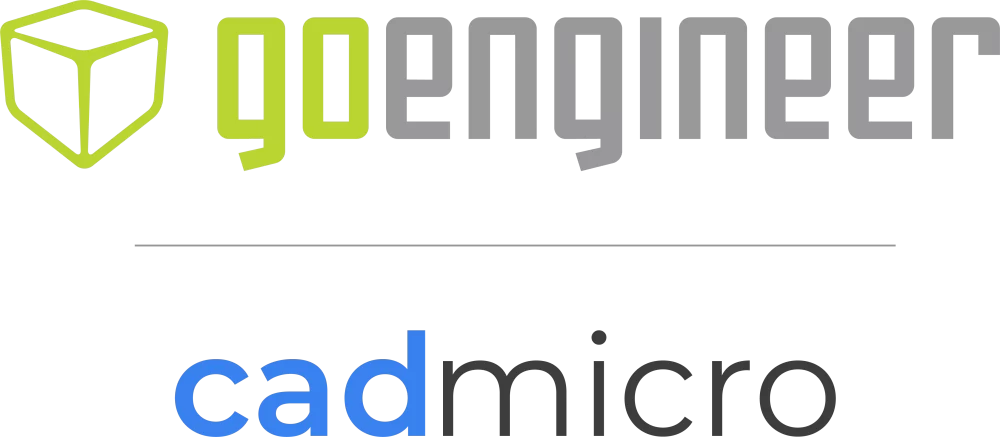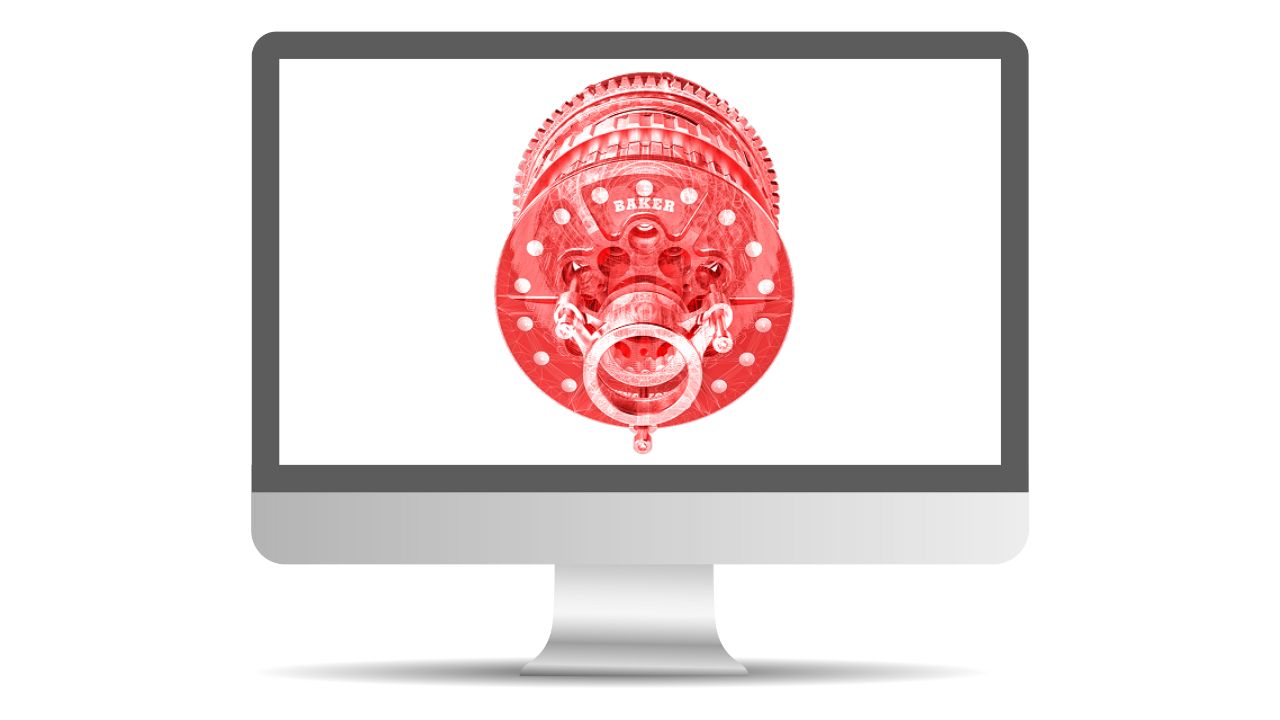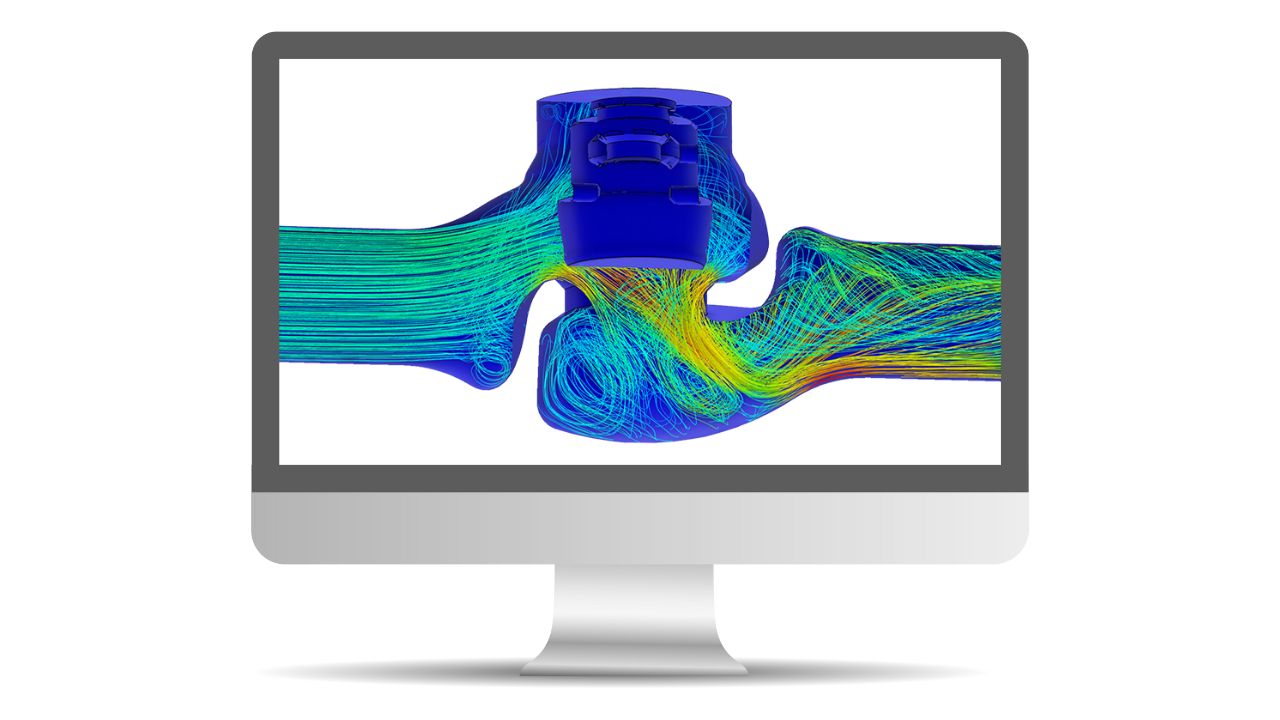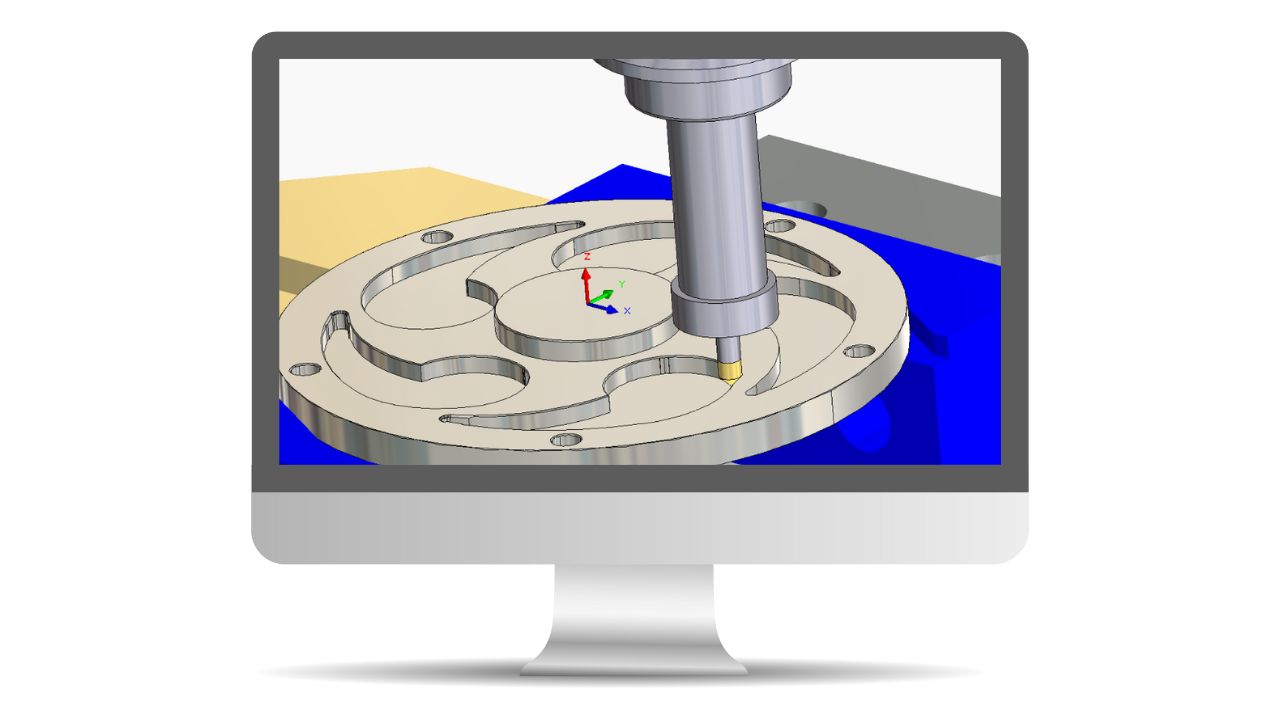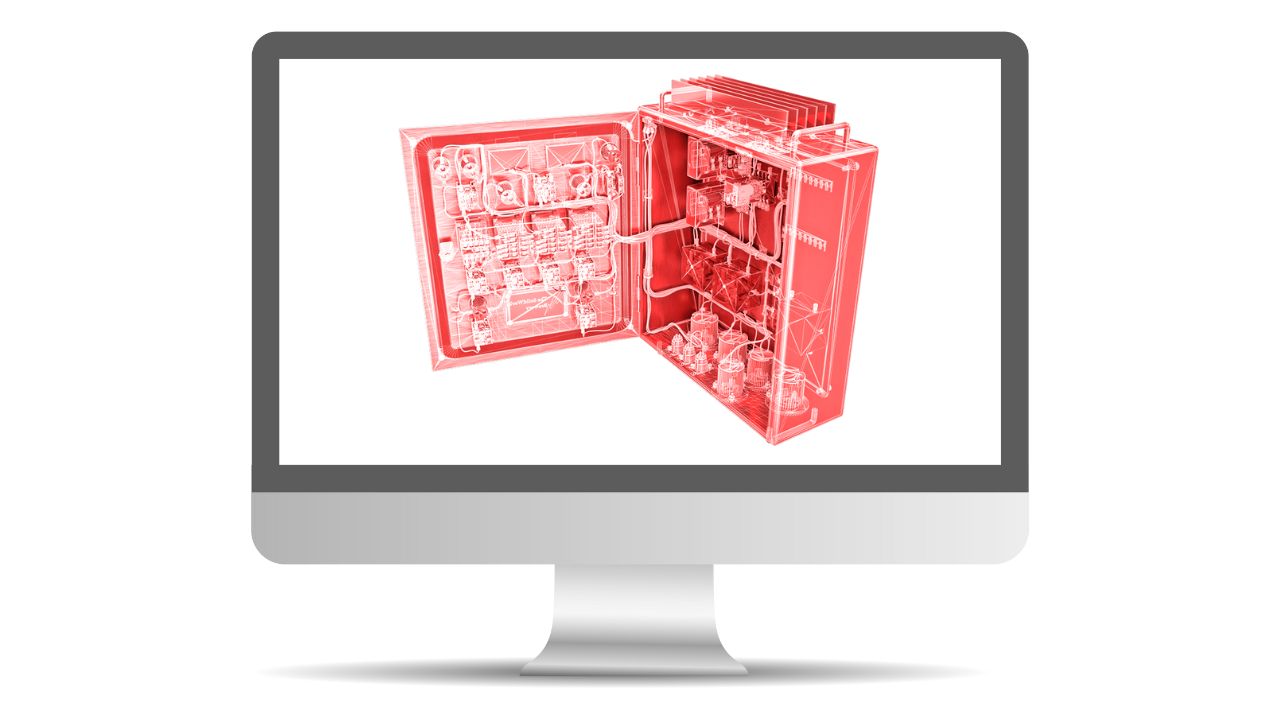SOLIDWORKS Parts, Assemblies & Drawings – Cambridge
CAD Micro - Cambridge 225 Pinebush Road, Unit 102, Cambridge, Ontario, CanadaSolidWorks Parts, Assemblies & Drawings teaches students how to use the SolidWorks mechanical design automation software to build parametric models of parts and assemblies, and how to make manufacturing ready drawings.

